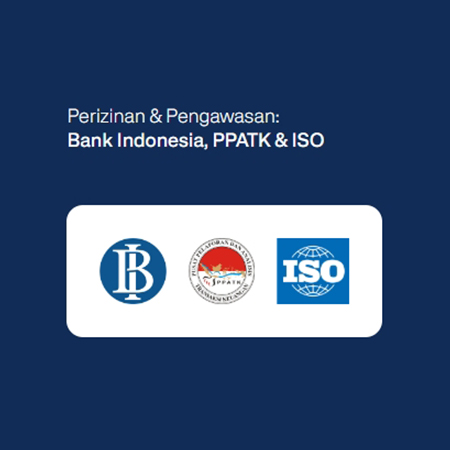
There are various methods on how to do a start-up valuation technique. We’ll go through a few well-liked techniques for appraising companies down below. In the broadest sense, start-ups are fresh business initiatives that an entrepreneur launch. They often concentrate on creating original concepts or technology and offering them to the market as fresh goods or services.
Start-up valuations shed light on a company’s capacity to employ fresh funding to expand, satisfy customers and investors, and reach the next goal. These calculations are amazing, but they’re not as accurate as you may assume. A start-up’s valuation may take into account things like the skill set of your team, the product, the assets, the business strategy, the total addressable market, the performance of its competitors, the market potential, goodwill, and more. See the following explanations for more details.
Berkus Method
The Berkus Approach, was developed by American angel investor and venture capitalist Dave Berkus. This method focuses on evaluating a start-up business based on a thorough analysis of five crucial success factors, fundamental value, technology, execution, strategic partnerships in its core market, and sales.
The quantitative value that the five critical success elements provide to the enterprise’s overall worth is assessed in depth. These figures are used to value the start-up. The Stage Development Method or the Development Stage Valuation Approach are other names for the Berkus Approach. It is one of the preferred ways how to do a start-up valuation by most companies.

Method of Comparable Transactions
Because it is based on precedent, the Comparable Transactions Method is one of the most widely used strategies on how to do a start-up valuation. Additionally, you may locate revenue multiples for comparable businesses in your industry. It can be typical for businesses in your industry to create 5x to 7x the net sales from the prior year.
Any comparison model must account for ratios or multipliers for any significant differences between the two firms. For instance, you could wish to utilize a multiplier at the lower end of the spectrum, such as 5x lower. It is as if another firm has proprietary technology while you do not. The Market Multiples Approach and this approach are comparable.
See Video How To Easily Send Money International with Transfez
The Cost-to-Duplicate Method
This method calculates the cost to replicate your firm elsewhere after deducting any intangible assets, such as your brand or goodwill. The fair market value of your tangible assets is simply added together. You can also include expenses for product prototypes, patents, and research & development. This is one of the interesting methods on how to do a start-up valuation.
One significant problem is that this approach automatically undervalues a firm, especially if it is making money. You might have to discount factors that are extremely important, like your start-up’s customer involvement, when determining its worth.
The cost-to-duplicate strategy has the following disadvantages, not taking into account the company’s potential for the future by making projections about its future sales and growth. Furthermore, it is also not accounting for its intangible assets in addition to its tangible assets. The claim is that even at the beginning stage, the company’s intangibles, such as brand value, goodwill, intellectual rights (if any), and so on, may have a lot to offer for its worth.
Send Money Easily to Different Countries
How to Send Money to Hong kong
How to Send Money to China
How to Send Money to Malaysia
How to Send Money to Japan
Risk Factor Summation Approach
This method assesses a start-up by quantitatively accounting for all business risks that may have an impact on return on investment. The risk factor summation approach involves estimating the start-up’s starting value using any of the other techniques covered in this article. The impact of various business risks, whether favourable or unfavourable, is considered about this baseline value, and an estimate is added to or subtracted from it depending on the impact of the risk.
The total worth of the start-up is calculated after accounting for all possible risks and adding the “risk factor summation” to the start-up’s initial estimated value. Management risk, political risk, manufacturing risk, market competitiveness risk, investment and capital accumulation risk, technology risk, and legal environment risk are a few examples of business risks that are considered.
Method of Discounted Cash Flows
The Discounted Cash Flow (DCF) Method is another tool that may be used on how to do a start-up valuation. To employ this technique, you might need to collaborate closely with a market analyst or an investor. You start with your anticipated future cash flows and add a discount rate, also known as the anticipated rate of return on investment, to them (ROI). Generally speaking, the riskier the investment, and the greater your growth rate has to be, the higher the discount rate. The reasoning for this is that investing in start-ups has a higher risk than investing in companies that are already up and running and generating steady profits.
Download Transfez App
Transfez App can help you transfer money abroad more quickly and efficiently. Transfez Business can also help your business in making transactions abroad. For those of you who want to send money to relatives who are abroad because they are studying, working, or traveling, Transfez will be ready to help. This app is available on Android as well as iOS.
Closing
As the creator of a start-up business, you must have a value estimate that you can both believe and defend to potential investors. Your long-term capital raising plan may be created and your financing demands can be kept in perspective with the aid of a precise appraisal. No single start-up valuation technique is consistently correct. To determine a fair value, you’ll probably use a variety of approaches and combine strategies. That is why information about how to do a start-up valuation is necessary to know. Furthermore, to be sure you’re on the correct track, don’t forget to use corporate databases.









